Yamaha MX61 Bruksanvisning
Yamaha
Tangentbord
MX61
Läs gratis den bruksanvisning för Yamaha MX61 (48 sidor) i kategorin Tangentbord. Guiden har ansetts hjälpsam av 13 personer och har ett genomsnittsbetyg på 5.0 stjärnor baserat på 7 recensioner. Har du en fråga om Yamaha MX61 eller vill du ställa frågor till andra användare av produkten? Ställ en fråga
Sida 1/48

Contents
Using the MX49/MX61 Manuals 2
Basic Structure 3
Structure of the MX49/MX61 .......................................3
Controller Block...........................................................3
Keyboard.................................................................................. 3
Pitch Bend wheel ..................................................................... 3
Modulation wheel ..................................................................... 4
Knobs ....................................................................................... 4
Tone Generator Block .................................................5
AWM2 (Advanced Wave Memory 2)........................................ 5
Voices....................................................................................... 5
Memory structure of the Voices ............................................... 8
Performances ........................................................................... 9
Performance memory structure.............................................. 10
Editing a Performance and the Voices................................... 10
Effect Block ................................................................11
Effect structure ....................................................................... 11
Effect connections and settings............................................. 12
Arpeggio Block ..........................................................13
Arpeggio categories .............................................................. 13
About the Arpeggio type list .................................................. 14
Arpeggio playback types....................................................... 14
Relation between played notes and Arpeggio types............. 15
Song/Pattern Playing Block......................................16
Rhythm Pattern....................................................................... 16
Song ....................................................................................... 16
Internal Memory .........................................................17
Internal memory of the MX49/MX61 ....................................... 17
MIDI/Audio Signal Flow .............................................18
Using a Connected Computer 19
Connecting to a computer ........................................19
Creating a Song with a computer.............................22
Recording your performance on the MX49/MX61 to DAW
software as MIDI data.............................................................22
Recording your performance on the MX49/MX61 to DAW
software as audio data ...........................................................27
Recording Arpeggio phrases of the MX49/MX61 to DAW
software as MIDI data.............................................................28
Remote-controlling DAW software or VSTi (software instruments)
from the MX49/MX61 ..............................................................31
Remote Control Assignments .................................................35
Using iOS Applications 39
Reference 40
Performance...............................................................40
Performance Play....................................................................40
Performance Select ................................................................41
Performance Part Select .........................................................41
Performance Edit ....................................................................43
Performance Job ....................................................................54
Performance Store..................................................................56
Supplementary Information.....................................................56
Song/Pattern settings................................................58
Song........................................................................................58
Pattern.....................................................................................59
File............................................................................... 60
Terminology in the File operation............................................60
File display..............................................................................61
Utility........................................................................... 64
Utility Job ................................................................................68
Remote mode.............................................................70
Remote display .......................................................................70
Switching the functions for Knobs [A] – [D]............................71
Switching the Control Template..............................................71
Utility settings..........................................................................71
Yamaha Corp. reserves the right to update or modify this manual at any time without prior notice. The most up-to-date version is
freely available for download from the following website.
http://www.yamaha.co.jp/manual/ or http://download.yamaha.com/
Reference Manual
Produktspecifikationer
| Varumärke: | Yamaha |
| Kategori: | Tangentbord |
| Modell: | MX61 |
Behöver du hjälp?
Om du behöver hjälp med Yamaha MX61 ställ en fråga nedan och andra användare kommer att svara dig
Tangentbord Yamaha Manualer
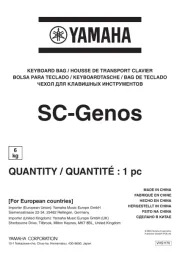
3 September 2025
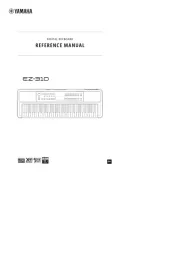
4 Juni 2025
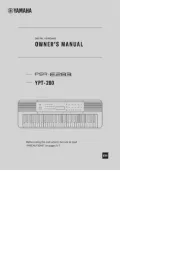
4 Juni 2025
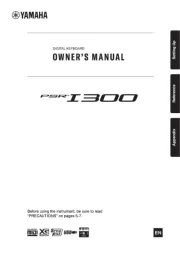
4 Juni 2025
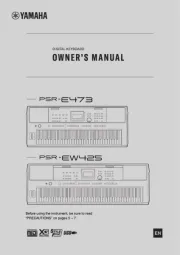
3 Juni 2025
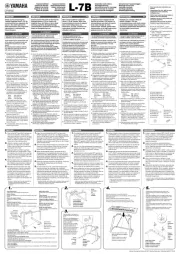
3 Juni 2025

8 Februari 2025

14 December 2024

14 December 2024

23 Oktober 2024
Tangentbord Manualer
- Cooler Master
- Kinesis
- Livoo
- Fujitsu
- Vultech
- Steren
- Brydge
- Xuma
- Mad Catz
- Microsoft
- Techly
- Hawking Technologies
- Promate
- DNA
- Vakoss
Nyaste Tangentbord Manualer
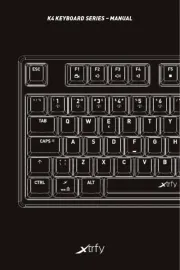
19 Oktober 2025
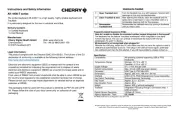
19 Oktober 2025
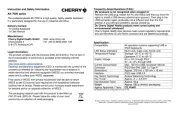
19 Oktober 2025

10 Oktober 2025

10 Oktober 2025

10 Oktober 2025
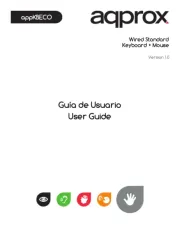
9 Oktober 2025
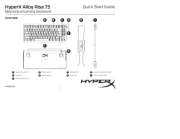
9 Oktober 2025
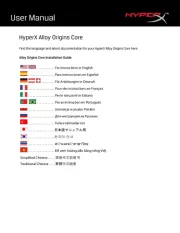
9 Oktober 2025
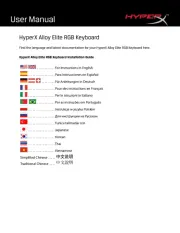
9 Oktober 2025